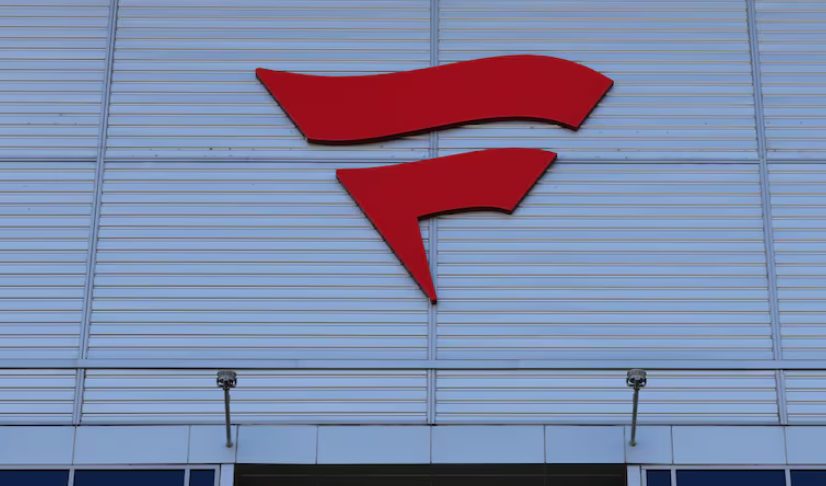In a veritable clash of trading card titans, the much-anticipated legal tussle between Panini and Fanatics is leaping from the starting block and charging into the arena with all the palpable drama of an epic sporting event. What was initially whispered about in hushed tones has now been unceremoniously dragged into the glaring spotlight of public scrutiny. With a federal judge’s recent ruling ensuring that both Panini’s and Fanatics’ lawsuits have been given the green light to proceed, the stage is set for a courtroom confrontation of monumental proportions. Like two heavyweight champions circling each other in the ring, each company is primed and eager to deliver the knockout blow.
The backdrop of this legal saga is the high-stakes, fast-paced world of sports trading cards—a realm where pieces of cardboard are invested with the kind of fervor usually associated with high-value commodities. It all began when Fanatics, in a move that left the industry reeling, secured the exclusive rights to produce NFL and NBA trading cards. Sensing Monopoly-like maneuvers afoot, Panini, not one to take such developments lying down, swiftly countersued, alleging that Fanatics was unfairly muscling out competitors by wielding undue influence over market prices and dynamics.
The courtroom bell has sounded, and presiding over this legal showdown is Judge Laura Swain from the Southern District of New York. With a firm yet measured hand, she has ordered that both Panini’s anti-trust lawsuit and Fanatics’ counterclaims be allowed to advance, but not before making amendments that leave everyone with something to ponder.
First, let’s delve into Panini’s allegations. Fanatics, with the audacity of a dragon safeguarding its hoard, tried to have Panini’s claims thrown out entirely. However, their attempt to slay the lawsuit with finality was thwarted by Judge Swain, who saw enough smoke to suspect a potential fire. She conceded that Panini had indeed laid out sufficient evidence to argue that Fanatics possessed monopoly power, capable of dictating market terms and leaving competitors chomping at the bit.
Yet, as if to remind Panini not to get too comfortable, Swain did rule against part of their damages claim, asserting that rather than being injured, Panini may actually have emerged as a pseudo-beneficiary in this constrained two-player market landscape.
On the flip side of the court aisle, Fanatics had their own bones to pick, notably accusing Panini of underhanded exploits in the competitive marketplace. But here, Judge Swain played Solomon, deftly dissecting the nuances to reject Fanatics’ contention that Panini’s actions amounted to unfair competition. The judge saw these moves not as villainous stratagems but as fair game within the hustle and bustle of business plans.
However, it wasn’t all doom and gloom for Fanatics; their accusations of Panini’s Machiavellian attempts to lock down talent, averting employees from departing to join the ranks of their rivals, did find traction. Swain admitted this claim into court, as it convincingly suggested that Panini’s legal shadow boxing might extend beyond market strategies to human capital heists.
With the gavel freshly tapped and the judicial doors propped open for discovery, we now enter a phase that promises to be tantamount to binge-worthy docudrama for industry insiders. This labyrinthine process will summon executives from both camps, revealing surprise testimonies and archival documents ripe for analysis, each moment building suspense as depositions of key witnesses stage plays behind the curtains.
For collectors and card aficionados casually observing this legal tableau from the sidelines, this unfolding drama could induce potentially seismic shifts reminiscent of tectonic plate realignments. While the production lines remain unimpeded and collectors continue to fan through packs of NFL and NBA cards, largely indifferent to the trials unfolding incessantly, the lawsuit’s final score may significantly alter trading card destiny.
If Panini emerges victorious, a promising ripple effect might entice new market players, invigorating competitive spirit and diversified offerings for the eager populace. Conversely, should Fanatics substantiate its grievances against Panini, the latter might endure financial bruising, significantly weakening its strategic positioning within this cutthroat industry.
While the storied pastime of clipping, trading, and collecting cards persists, the undercurrents of economic power plays and legal entanglements redefine what started as a childlike pursuit into a game of high stakes. As both rivals deepen their trenches, enthusiasts and industry strategists remain glued to the unfolding courtroom opera, awaiting with bated breath how this judicial encounter will shape not only corporate futures but the vibrancy of this beloved hobby.
Hence, one cannot discount the palpable tension pervading this legal confrontation as more revelations surface. It remains an exhilarating spectacle—a soap opera mingled with courtroom rigor—which teases transformative potential for all parties invested in the art of collecting, trading, and cherishing the humble trading card.

